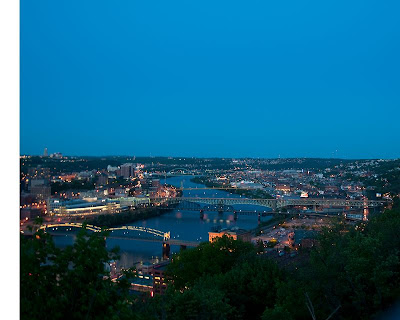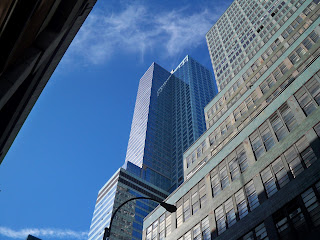The Poetry of Pittsburgh
When I began this blog more than two years ago, I didn’t think long about the quotation I would use across the top. I knew it would come from Annie Dillard’s book An American Childhood.
“When everything else has gone from my brain — the President’s name, the state capitals, the neighborhoods where I lived, and then my own name and what it was on earth I sought, and then at length the faces of my friends, and finally the faces of my family — when all this has dissolved, what will be left, I believe, is topology: the dreaming memory of land as it lay this way and that.”
A few years ago, on our way back from visiting Tom’s family in Indiana, we stopped in Pittsburgh, where Annie Dillard was born on this day in 1945. It was a literary pilgrimage for me. Our first view of the city (where I had lived as a toddler, pre-memory), came at dusk, as we drove into a tunnel and out and suddenly there were the three rivers and the bridges crossing them all lit up with white lights and it seemed magical to me, this old city of groaning steel and trestles.
Was it the place itself that exerted this magic, or was it because I was primed to love it by Dillard’s words? “I will see the city poured rolling down the mountain valleys like slag, and see the city lights sprinkled and curved around the hills’ curves, rows of bonfires winding.”
It was both, I think. The place of poetry. The poetry of place.
Photo by Peter Tooker 2010 All Rights Reserved. From the blog Open Windows.


